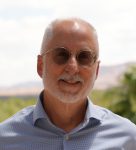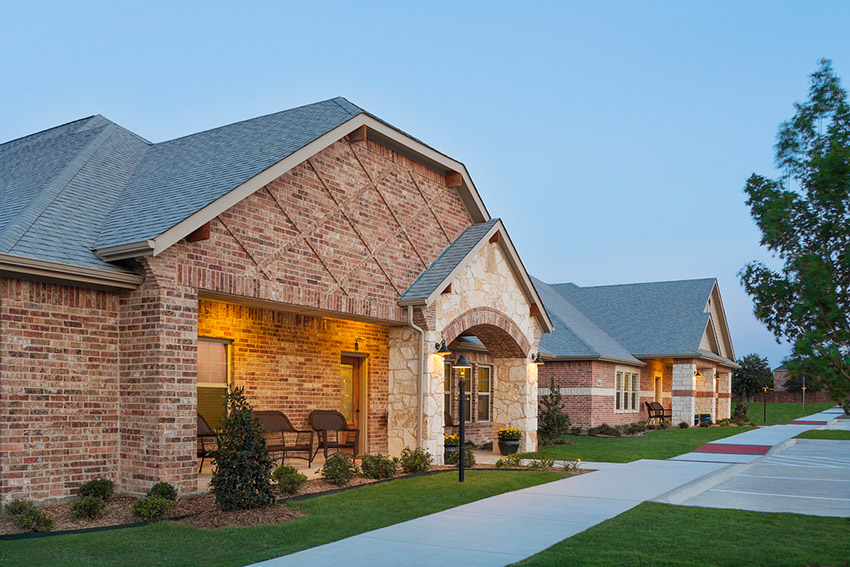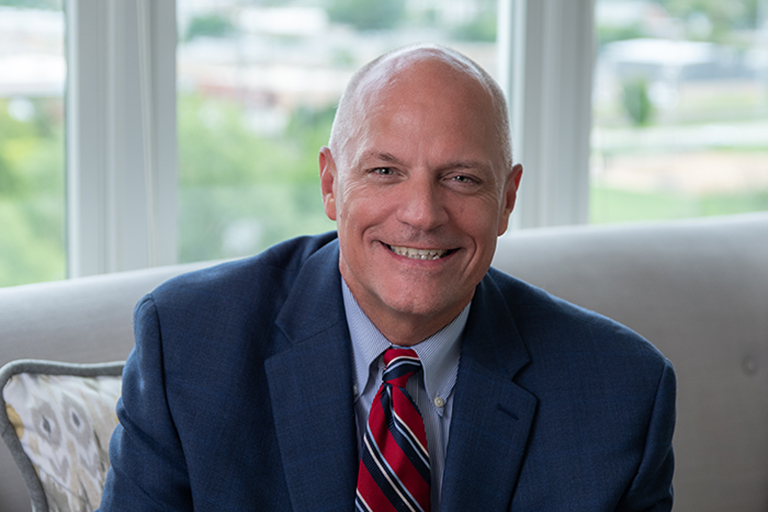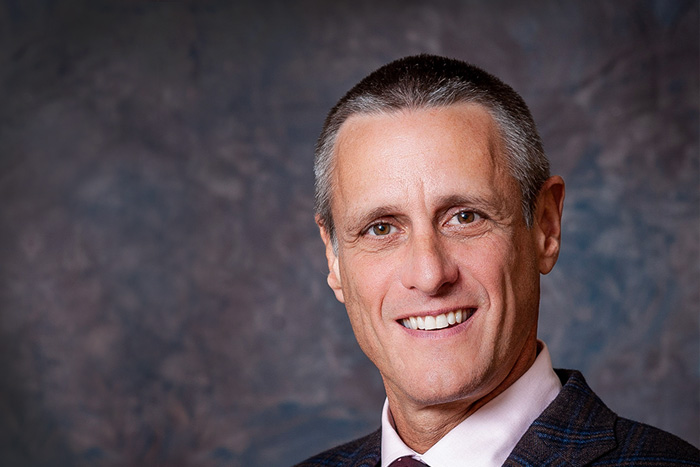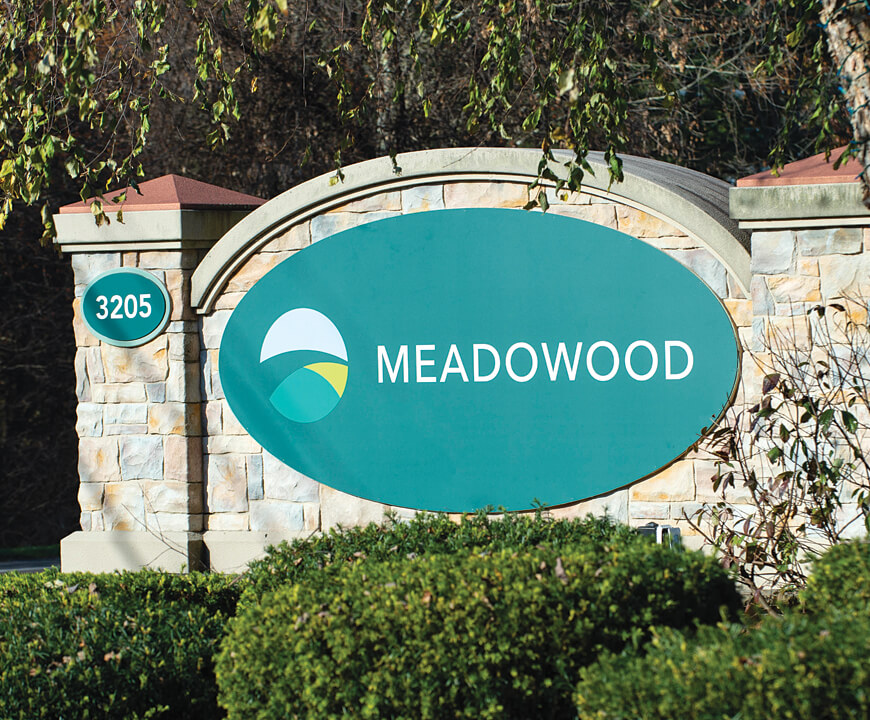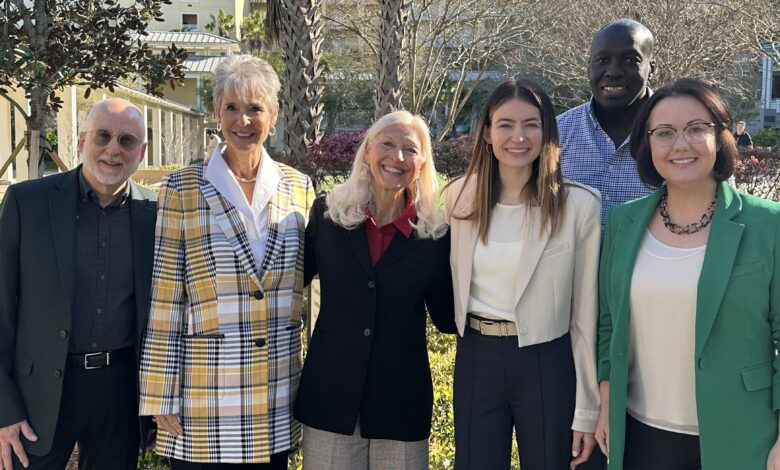
HEALTHTAC East 2025 Panel: Expectations! Innovations & Methods to Ensure a Promising Future for Dementia Care, Part 1
By Jim Nelson | April 11, 2025
AMELIA ISLAND, FL — HEALTHTAC and Senior Living News recently held our annual east coast executive event, hosting senior living leaders from all over the nation. Among the panels during the two-plus-day event, was one that discussed dementia care and a relatively new Medicare program that could make life a lot better and easier for residents living with dementia and for the teams at IL, AL, and memory care communities.
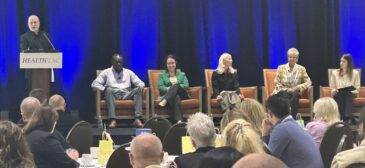
The panelists were Brian Browne, president/CEO of Cognitive Care Management; Katie Campbell, regional vice president of operations for HMR Veterans Services; Verna Chisman, the president of Allure & Wellness Management Services; Linda Kuhn, director of sales and marketing for Fountain View Village; and Sam Paider, health center administrator at Trillium Woods.
As the moderator, I posed my first question to Verna, asking her about a phrase I’ve heard her say many times: “Self-care equals well-care.”
“Self-care equals well-care and well-care diminishes healthcare,” Chisman began, “and that ultimately equates to healthy longevity. If we really live by that formula and keep that in the forefront, that will really give you some processes and procedures to follow.
“I’m curious here in the audience,” she said before asking her own question, “how many of you invest in anti-aging products for your skin and your hair? How many of you invest in devices and gym memberships for your physical fitness? How many of you commit to a yearly physical? [Editor’s note: hands were raised throughout the room.] So why is it as a nation we’re not putting the same emphasis and investment in our brain health? It’s something for us all to really think about.
“Our residents have evolved immensely,” the Allure & Wellness Management Services leader added. “They’re extremely sophisticated, they are hungry. They are eager and excited to learn as many holistic methods and preventive measures as possible, and we as leaders need to provide them with those tools. There are many preventive measures in place, and we’re all very much aware of them, but I think the most common is nutrition, and we’re sitting here on the panel with a neuronutritionist who is an extreme expert in that area. If you just simplify it into the thought that what you eat fuels how you think, how you feel, how you age, and take that at the forefront with your processes within your communities, that will make a huge difference in the brain health. Immediately you will see the differences. Many of you are familiar with the Blue Zone Concept, I’m sure; if you haven’t had the opportunity to [watch] this series on Netflix, I encourage you to do so. It’s well worth your time. I think what really resonated with me [in Blue Zone series], and that concept, is that it’s not only the types of food that they ate, it is the lifestyle that surrounded it. You need that combination, you need that philosophy and that fiber within your communities in order to really deliver the brain health they deserve.”
Next, Browne was asked why the lack of preventative dementia care is a potential ticking time bomb for senior living communities.
“Medicare has been keeping statistics since 1965,” he said, “and it costs Medicare and Medicaid 22 times more for a dementia diagnosis than any other diagnosis. Now, why is this a ticking time bomb for senior living communities? Because senior living communities’ only job is to care for the lives of seniors, and this disrupts that. It’s a big disruptor, 1) in terms of cost, and 2) in quality of life. When families all across America make the decision to entrust their lives to senior living communities, they are assuming that you are going to give them the best shot overall to live their golden years. And oftentimes that’s not true, because we’re unprepared for things like dementia and a lot of the other chronic illnesses that occur. So, you make some decisions that are based on this place that you shepherd, [that] has wonderful carpet, a beautiful grand piano, opulence, and that is part of the sales pitch. However, investing in preventative dementia care is really the investment that you should be looking at because we now know, statistically, investing in preventative dementia care will pay you back in spades, and unless you do that’s a ticking time bomb. This ‘22 times more expensive than any other code’ is unsustainable for all of us.
“Ultimately, we need to understand why prevention is the key,” Browne concluded. “The Lancet came out with a longitudinal study looking at all the different preventative indicators, some Blue Zone data and things along those lines, and [it showed that] we can reduce dementia rates by 45 percent. So, let’s go back to the question that Verna asked, ‘How many of us have gym memberships and invest in personal care products,’ when we should be investing — not just us, but the communities that we shepherd — in reducing the rates of dementia. That will pay off in spades because it will also allow you to keep residents in IL and AL and manage them, rather than this reactive medicine that we’re practicing right now.”
After taking a moment to recognize and applaud the many veterans in attendance, we turned to Campbell for some insight into Watkins-Logan.

“I joined HMR because of the forward-thinking thought process in conjunction with our Veterans Administration to provide the best possible care that we can for our nation’s heroes in our state-run veterans homes,” Campbell enthused. “Watkins-Logan is one of my very favorite locations; it’s in a little city called Tyler, Texas. Probably many of the people in this room, much like myself, when you think of a skilled nursing facility you think of a large, one-floor — sometimes two or three [floors] if it’s extra fancy — 100, 200 residents, and an institutional-looking setting. Watkins-Logan is anything but that. It’s 10 homes of 10 veterans apiece. We have memory care, but our memory care is two separate homes, combined with a breezeway. Everyone has their own room in these homes. We have 20 memory care residents — veterans — within this facility. Having your own room in and of itself represents our past lifestyle, but we try to think of additional things outside of the box to take it up to that next level, so everyone has a yard large enough to cultivate and farm and do farm-to-table types of meals; we also have a dietary program that’s going to deliver to each of our veterans’ homes. We have an archery range — how many nursing facilities do you go to where you can go outside and shoot bows and arrows? Boy, it makes all the difference in the world when you have access to these different types of services to, again, represent your past lifestyle, whatever that looked like, whether that was your home, your past profession, etc. I’m really, really proud of [US Air Force veteran] Brian Wilson and the activities team there, and the forward-thinking types of programs that we have in place over at Watkins-Logan.”
It was time to look at memory care and dementia through the sales and marketing lens, so we asked Fountain View Village’s Kuhn about how implementing initiatives for preventative care for dementia can impact ROI.
“The rest of the team has supported the idea of the longevity by living well,” said Kuhn, “and living right means you stay in independent living longer. It means when it’s time to transition, you stay in assisted living longer. And what a joy it would be to almost have no need for memory care. That’s doing it the right way. So, when you think about your bottom line, you think about yourself, your business, of course, you sustain a longer lifestyle, and a longer resident. Your bottom line is supplemented in that way, but you also keep residents — if they can stay in the least-restrictive environment, they can afford to stay with you longer. They’re healthy, they’re doing well, so they can afford to stay in a retirement community longer. Be their champion.”
At the Trillium Woods community, Paider oversees the skilled nursing health center where their Heartfelt Connections program is proactive rather than reactive.
“We grade and review our memory care program on an annual basis to see how well we are implementing all the areas that we would like to,” Paider said. “Right now, our community is at a Gold status, meaning that we are implementing every part of the memory care programming that we possibly can; that focuses not only on the dimensions of wellness, it focuses on food options that are more dementia friendly, it focuses on caregiver support, also wrapping those services around caregivers — we know that if our caregivers are stressed, then our residents are stressed. If our team is not communicating the best way we can improve that, and work to continually improve, in general, the support for our residents. Our Heartfelt Connections also meets every month [that] our committee does in order to review our program and to continually improve on the services that we provide for our residents; overall, it’s a streamlined approach to making sure that we are implementing every part of the Heartfelt Connections program and really tailoring those services around our residents. It’s about focusing on what remains, and not what is lost for our residents.”
In part 2 of this article, we’ll learn how the GUIDE program can help senior living organizations and communities, and why this panel was a call to action.
